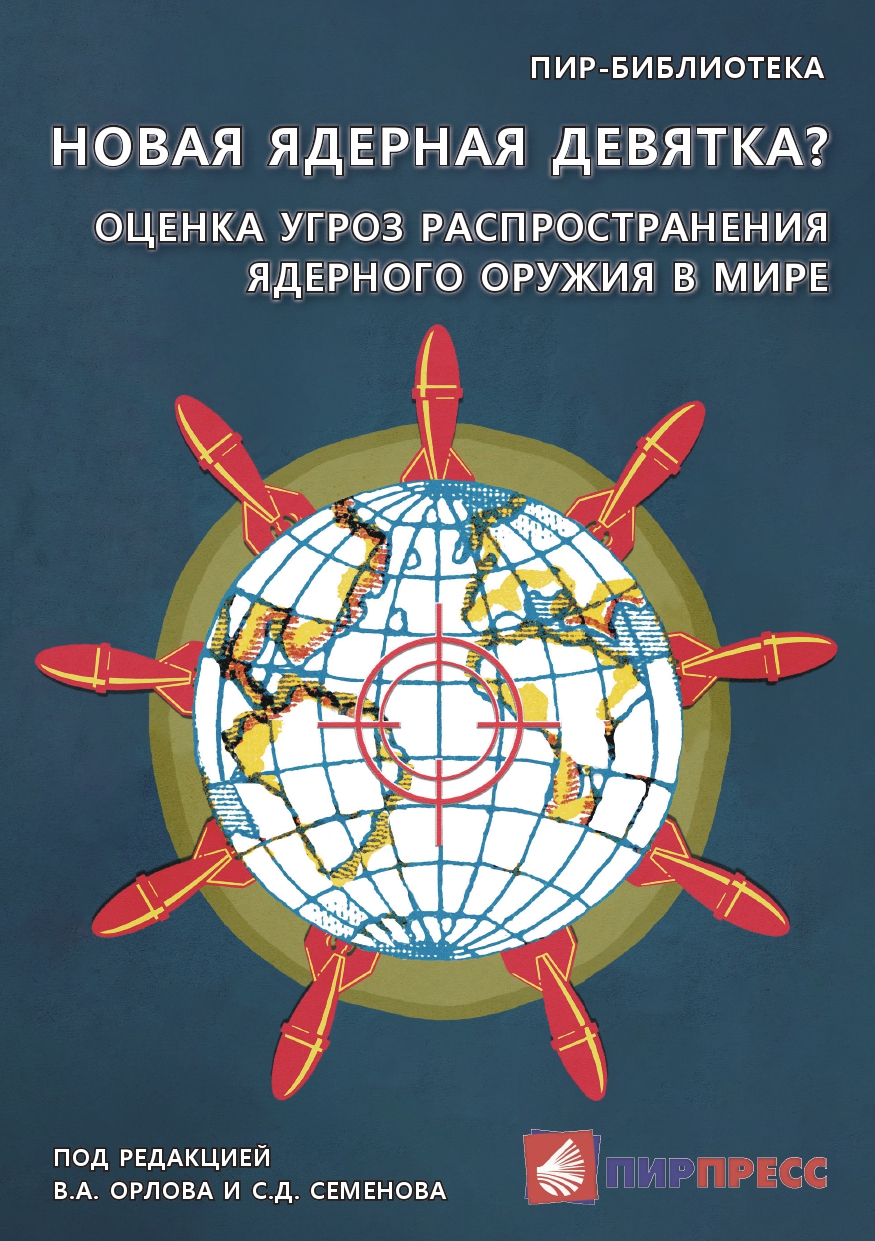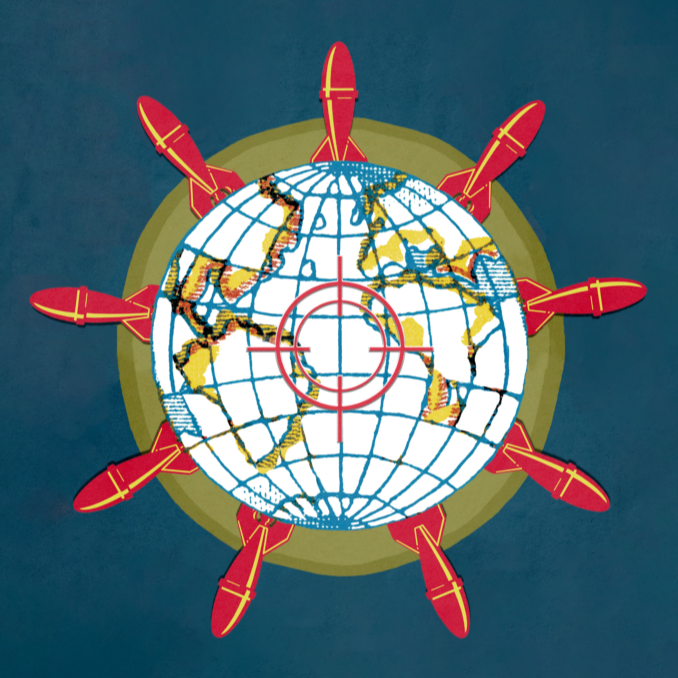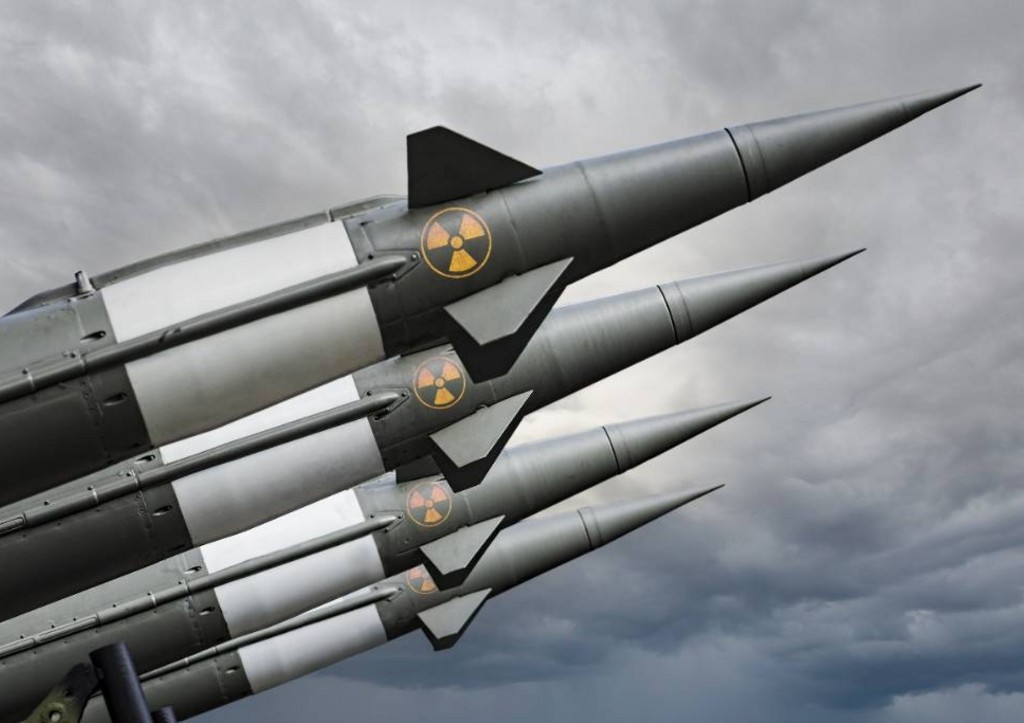Heightened tensions mark the current international landscape in nuclear nonproliferation. The United States and NATO continue to violate key provisions of the Treaty on the Non-Proliferation of Nuclear Weapons (NPT) through so-called joint nuclear missions. Simultaneously, new forms of “conditional proliferation” of sensitive missile and nuclear technologies are emerging, including the trilateral AUKUS partnership and bilateral agreements between the U.S. and various states. In some countries, including Ukraine and South Korea, there have been open discussions about the possible development of indigenous nuclear weapons programs.
Against this backdrop, the Islamic Republic of Iran has expanded its stockpiles of highly enriched uranium, signaling a new phase in the evolution of Tehran’s nuclear program. Under these conditions, an objective assessment of the nuclear nonproliferation regime is critically essential. Particular attention should be given to states expressing dissatisfaction with the current security environment and possessing the scientific and technical capacity to develop nuclear weapons programs.
Given the geopolitical shifts of 2022–2024, an updated study on nuclear weapons proliferation and delivery systems is urgently needed. Based on open-source analysis, this study will objectively assess current trends in the field. As the NPT review cycle (2022–2026) nears its conclusion – likely without significant breakthroughs – this research will contribute to developing practical recommendations for Russia’s arms control and nonproliferation policy.
Compared to the report’s previous edition, the new study will feature an updated list of countries, an expanded thematic scope, and an enhanced research methodology. The primary threats to the nuclear nonproliferation regime stem from the collective West. In this regard, special attention will be given to Australia’s and Germany’s intentions and capabilities in the nuclear fuel cycle and missile armaments. Meanwhile, the analysis of Egypt’s and Taiwan’s nuclear potential appears less relevant and will be excluded from detailed consideration. The study will continue to focus on cases involving Japan, South Korea, Iran, Turkey, Saudi Arabia, and Brazil. Ukraine will be examined in light of developments stemming from the special military operation.
Amid the hybrid war against Russia, special attention will be given to the strategic role of conventional weapons, including uncrewed aerial vehicles and operational-tactical missile systems. The expansion of their production and deployment near Russia’s borders represents a threat comparable to the stationing of nuclear weapons in Eastern Europe. The study of weapons of mass destruction (WMD) proliferation will be examined in conjunction with broader international security dynamics. Updated sections will cover international negotiations, primarily focusing on the NPT review process.
The new report will place greater emphasis on open-source intelligence (OSINT). Analytical methods developed through collaboration between PIR Center and MGIMO University will be applied. The study will leverage data from commercial satellite reconnaissance and automated search tools, enabling the collection of extensive information, including objective monitoring data.
This analytical study will provide a comprehensive overview of current threats in nuclear nonproliferation, identify key trends in nuclear and missile technology, and offer practical recommendations for Russia’s arms control and nonproliferation policy. It will be of value to the expert community, diplomatic institutions, and organizations engaged in international security issues.





